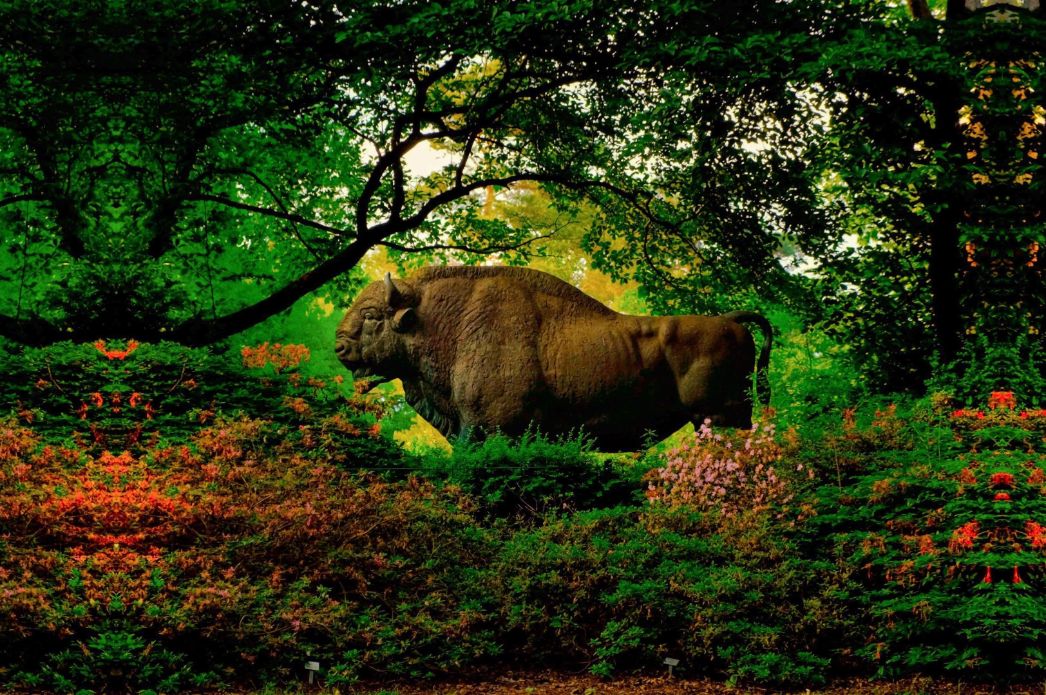

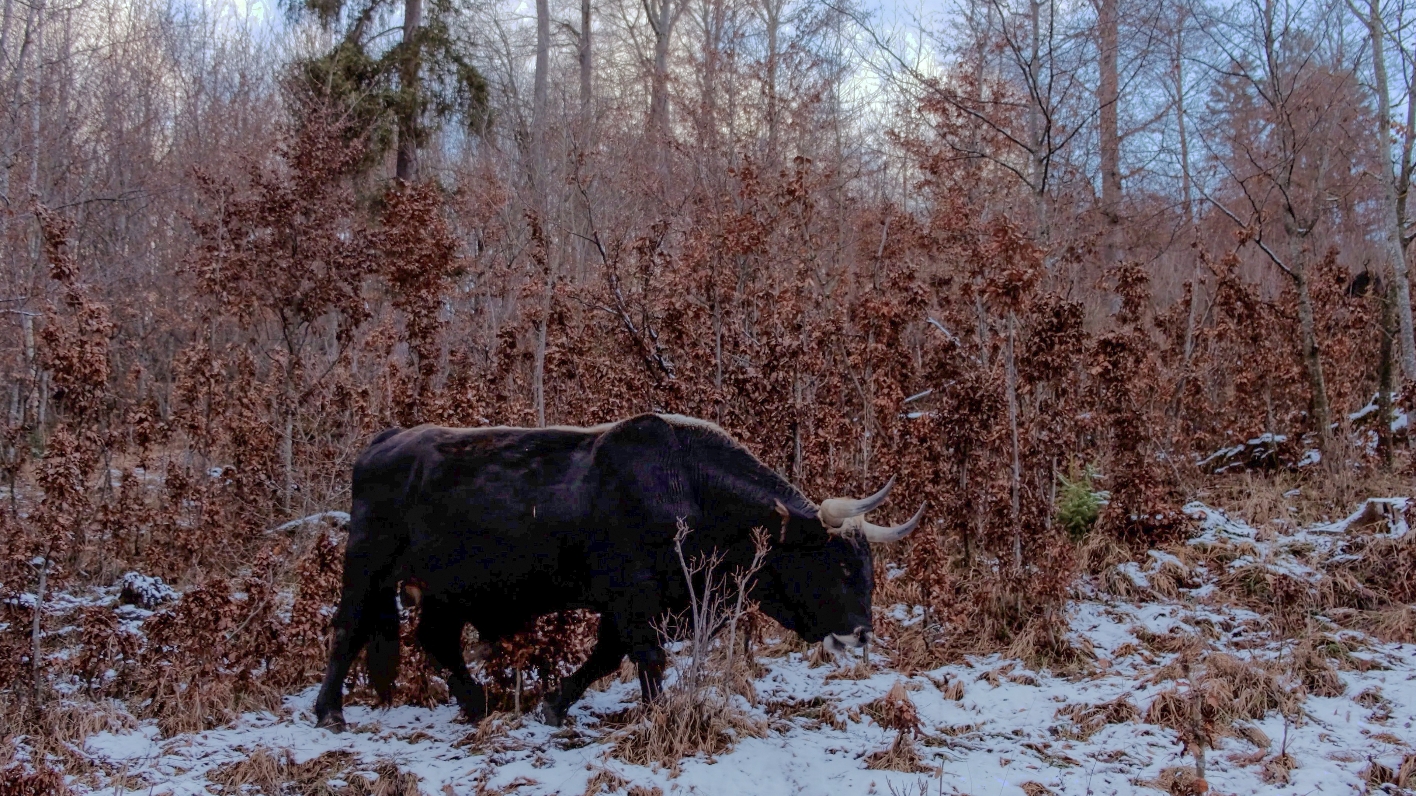

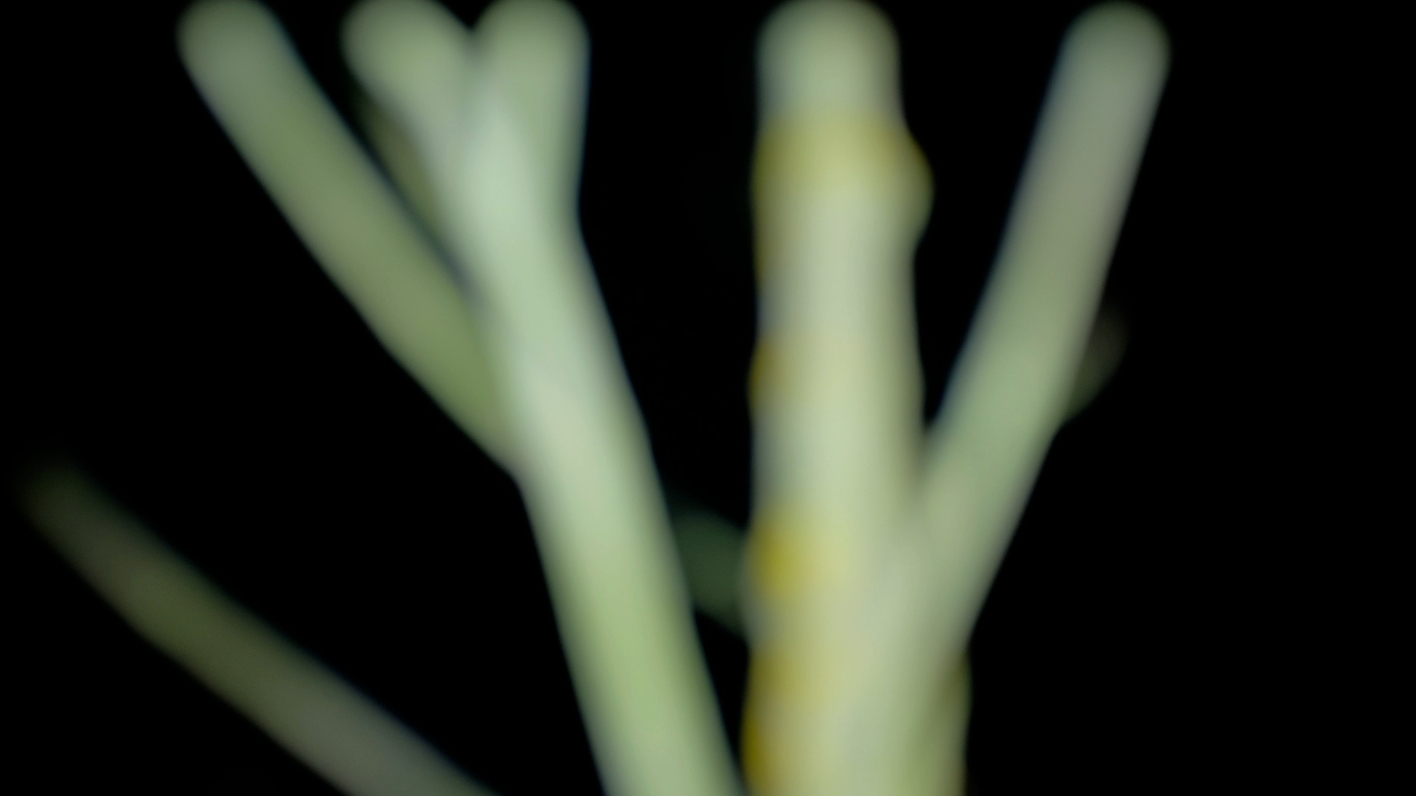
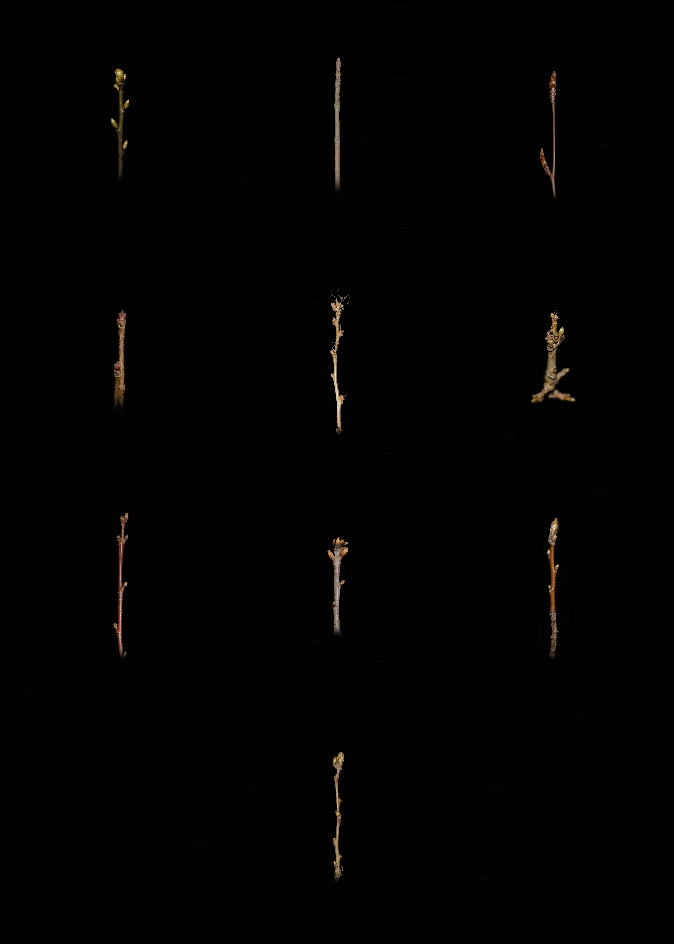
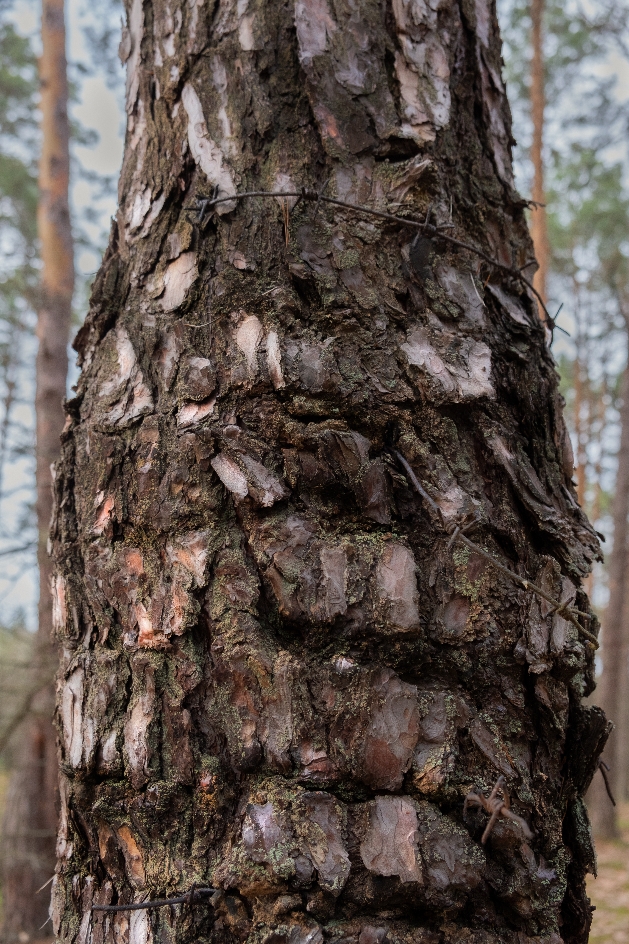
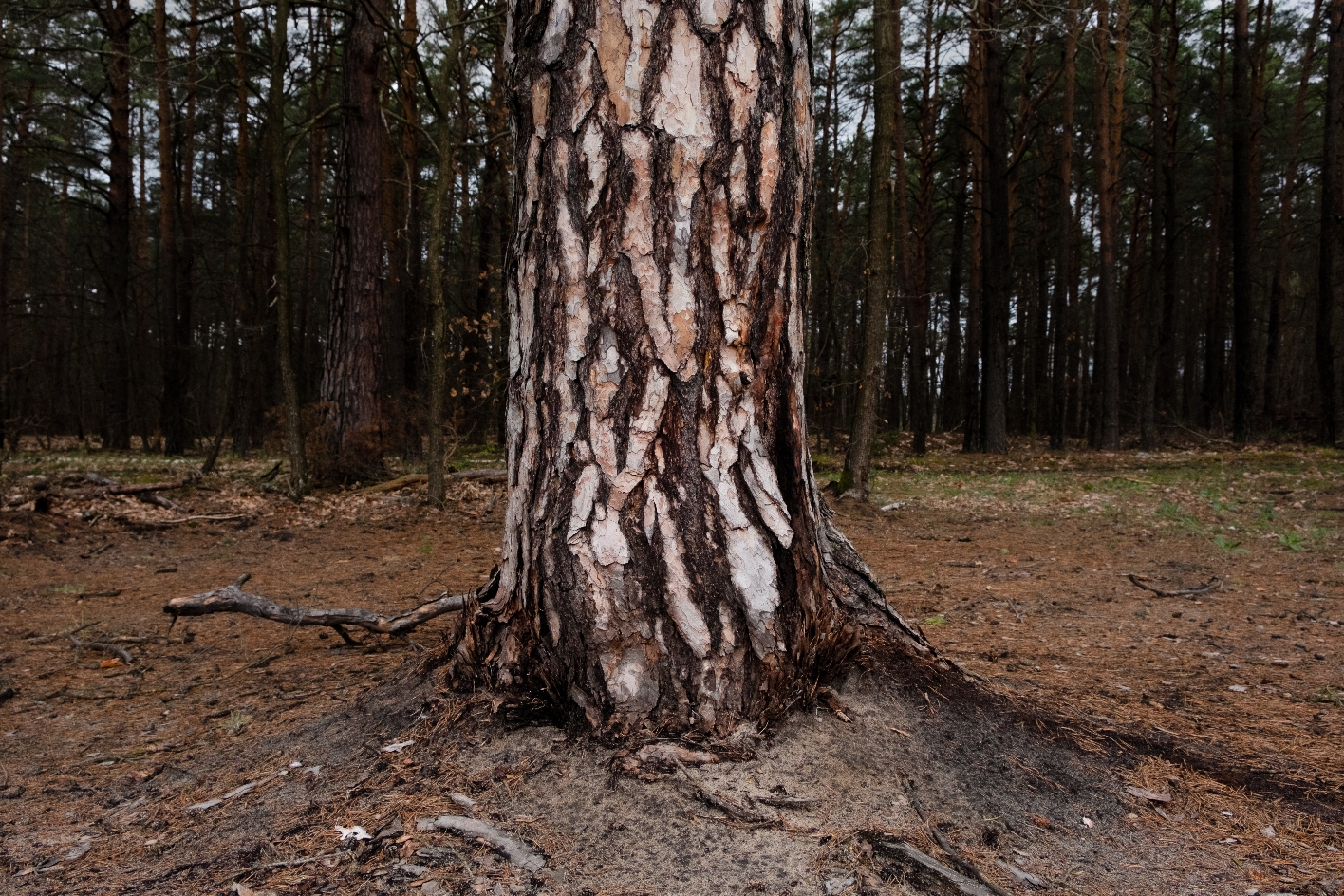
In a time of intensifying political amnesia and resurgent fascist rhetoric, the four-part multimedia exhibition Garden by Stuttgart based artist Georg Lutz traces the intertwined roots of memory, ideology, and landscape, confronting the dark legacies of National socialism and their contemporary echoes while at the same time provoking viewers with the unsettling coexistence of beauty and nature with brutality and the erasure of memory.
Conceived during the pandemic lockdowns—amid rising right-wing violence and attacks on remembrance culture—Garden is both an elegy and a warning. Lutz began conceptualizing the work after hearing shouts of “Heil Hitler” below his apartment window following a Black Lives Matter demonstration in 2020. That moment catalyzed a years-long inquiry into the simultaneity of history—how past and present fold into one another in the most haunting of ways.
The work, structured in four chapters—‘Germination’, ‘Biofact’, ‘Geheimnisträger’, and ‘Echo’, represents a haunting and deeply researched meditation on continuity and unfolds across botanical gardens, former extermination camps, and remembrance sites. Garden journeys through sites where history clings to nature and traces the presence of “botanical witnesses”—trees and plants that have silently borne witness to decades of human atrocity and the ongoing struggle for historical recognition.
The exhibition brings together film, photography, and three-dimensional botanical objects that expose ideologically motivated violence in the past and present: from the Heck cattle bred under National Socialism to the remains of Sobibór and Auschwitz-Birkenau to the memorial trees felled for the victims of the NSU. In coffin-like display cases, photographs, and a film installation, the garden is staged as a place of remembrance, repression, and historical continuity.

